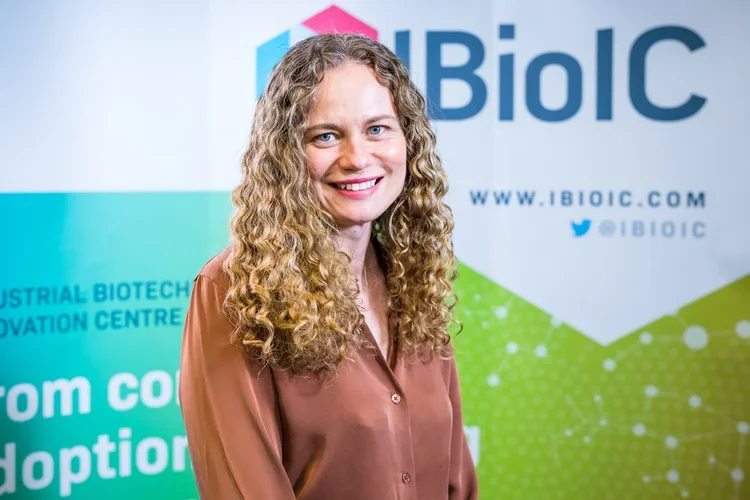When the Ocean Meets the Senses
What does the sea smell like when captured in a glass? And how might the way we process seaweed shape that experience? These were the unexpected questions that emerged during a recent sensory evaluation session exploring seaweed infusions in alcoholic beverages, a research project led by master’s student Naomi Morgan of the International Centre for Brewing and Distilling (ICBD), Heriot-Watt University. She is investigating the potential of seaweed infusions in alcoholic beverages. The sensory evaluation compared different versions of a seaweed infusion, focusing on two different processing strategies: using wet or dry seaweed, and seaweed that is either roughly or finely chopped (macerated).
In this blind sampling, I was free to explore each infused beverage without preconceptions. I wasn’t permitted to taste the infusion, focusing solely on their aroma, the differences were fascinating: some samples had fresh, briny notes, while others were deeper and more savoury. It was a reminder of how even subtle changes in processing can significantly shape the sensory profile, even through smell alone.
What I found particularly thought-provoking was the link between processing choices and both sustainability and efficiency. Using wet seaweed directly after harvest avoids the need for energy-intensive drying, which is often one of the most resource demanding steps in seaweed processing. The comparison of different durations of maceration (1 hour vs 24 hours) explores how reducing processing time affects the extraction of volatile flavour compounds, with potential implications for operational efficiency and cost, alongside the final flavour profile of the spirit.
From a sustainability standpoint, these “lighter touch” approaches have potential. They support a lower-carbon and more efficient processing model, especially important as seaweed applications move from niche to mainstream. If the sensory results are just as appealing, or even preferred, then taste can be aligned to environmental benefit. I am looking forward to finding out how the final evaluation results reflect these subtle differences in aroma and processing.
Seaweed is already a champion in the sustainability world: it grows rapidly, requires no fertiliser or freshwater, and actively absorbs carbon. But how we handle it post-harvest matters too. It was refreshing to see a project that not only explores flavour innovation but also questions the environmental cost of achieving it.
Participating in this sensory evaluation highlighted the power of sensory science, not just to refine products, but to inform more sustainable decisions. I came away with a deeper appreciation for seaweed as both an environmentally intelligent and remarkably characterful ingredient, and for the quiet insights that can come from simply slowing down, smelling, and paying attention.
Reflections from
Annelie du Plessis, Senior Impact Manager
Industrial Biotechnology Innovation Centre (IBioIC)


